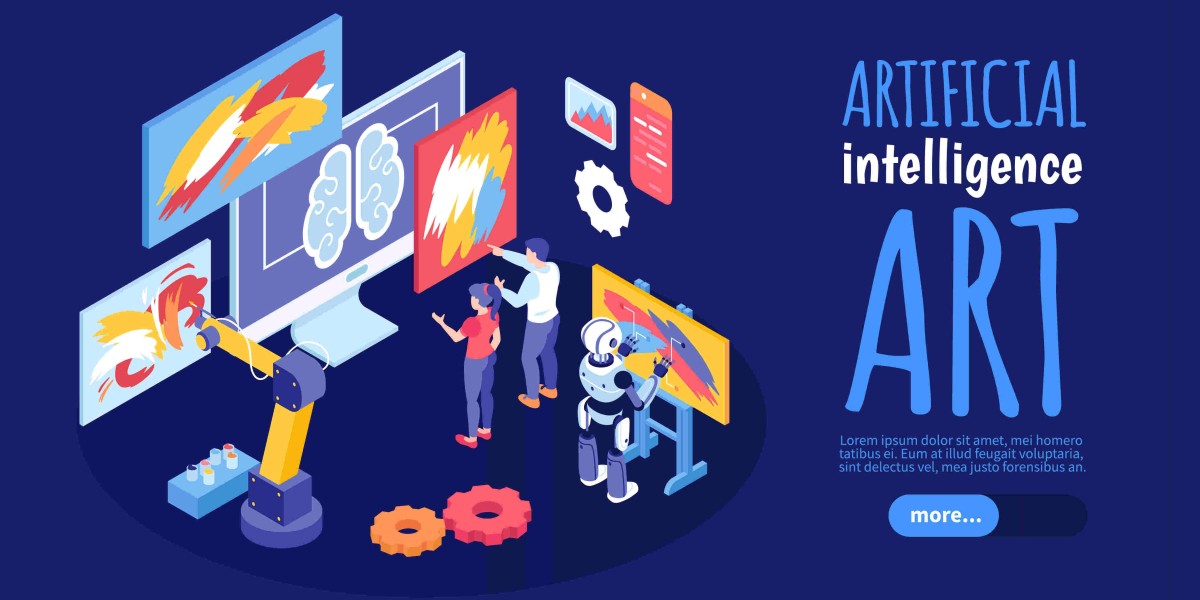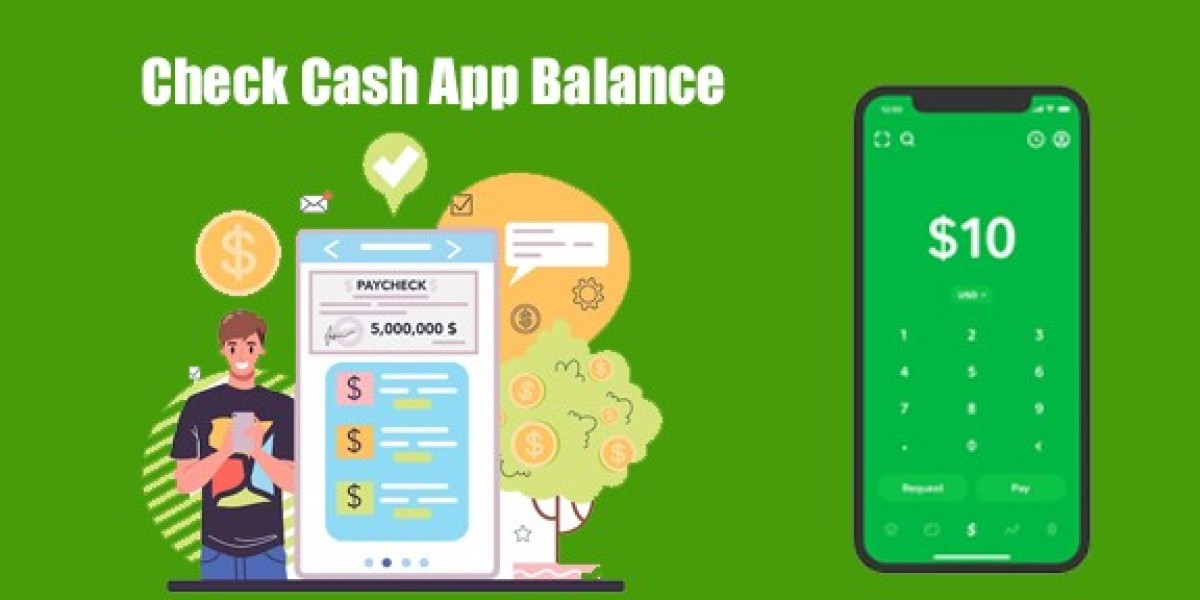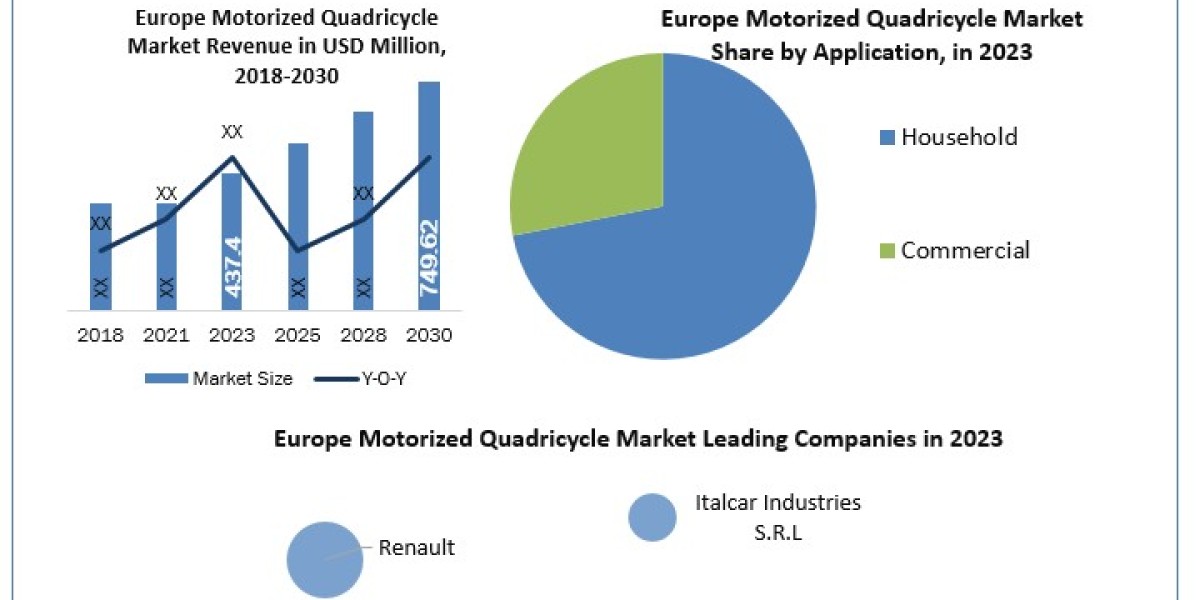In the realm of art, a groundbreaking revolution is underway as Artificial Intelligence (AI) steps into the creative process. This comprehensive exploration delves into the world of AI art tools, examining their evolution, capabilities, and the profound impact they wield on the intersection of technology and artistic expression.
1. Introduction: The Fusion of Art and AI
The synergy between art and AI represents a paradigm shift, challenging traditional notions of creativity. AI art tools leverage machine learning algorithms to create, collaborate, and inspire, ushering in a new era where technology becomes a co-creator.
2. Evolution of AI Art Tools
a. Generative Adversarial Networks (GANs):
GANs have been instrumental in the evolution of AI art. These algorithms consist of a generator and a discriminator, working in tandem to produce original and often surreal artworks.
b. Neural Style Transfer:
Neural style transfer algorithms enable the fusion of artistic styles, allowing users to apply the characteristics of famous artists to their own images. This technique merges creativity with homage to artistic legacy.
c. DeepDream:
Developed by Google, DeepDream utilizes neural networks to enhance and modify images in unique and dreamlike ways. It transforms ordinary visuals into mesmerizing, intricate patterns.
3. Capabilities of AI Art Tools
a. Automated Art Creation:
AI art tools can autonomously generate artworks based on learned patterns and styles. This capability challenges the traditional artist's role and invites contemplation on the nature of creativity.
b. Style Transformation:
Artists and enthusiasts can use AI to apply various artistic styles to their creations, exploring diverse aesthetics and experimenting with the amalgamation of different artistic sensibilities.
c. Collaborative Creation:
Some AI art tools operate as collaborative partners, responding to user input and co-creating artworks. This collaborative dynamic blurs the lines between artist and machine.
4. Impact on the Artistic Process
a. Expanding Creative Boundaries:
AI art tools provide artists with an expansive toolkit, encouraging experimentation beyond traditional methods. The result is a widening of creative possibilities and the emergence of novel artistic expressions.
b. Questioning Authorship and Originality:
As AI plays a more significant role in art creation, questions surrounding authorship and originality arise. The collaborative nature of AI challenges conventional notions of what it means to be an artist.
c. Inspiration and Exploration:
AI art tools serve as wellsprings of inspiration, prompting artists to explore new territories and transcend their creative comfort zones. The interaction between human intuition and machine learning sparks imaginative journeys.
5. Notable AI Art Projects
a. Edmond de Belamy:
Created by the Paris-based art collective Obvious, Edmond de Belamy is a portrait generated by GANs, selling at auction and sparking discussions about the commercial value of AI-generated art.
b. The Next Rembrandt:
In a project by ING and Microsoft, AI was used to analyze Rembrandt's works and generate a new painting that emulates the artist's style. This project showcased the potential of AI in replicating and extending artistic legacies.
c. AIVA:
AIVA (Artificial Intelligence Virtual Artist) is an AI that composes classical music. This AI-driven composer collaborates with human musicians, demonstrating the potential for harmonious partnerships between AI and human creatives.
6. Ethical Considerations and Challenges
a. Ownership and Copyright:
The question of ownership and copyright in AI-generated art poses legal and ethical challenges. Determining the rights of AI, its creators, and its users becomes a complex terrain.
b. Bias in AI Algorithms:
AI art tools may inherit biases present in the data on which they were trained. Addressing and mitigating biases in AI algorithms is crucial to ensure equitable representation and avoid reinforcing societal prejudices.
c. Human-AI Collaboration Dynamics:
The evolving dynamics of collaboration between humans and AI in the creative process raise questions about artistic intent, creative control, and the unique contributions of each participant.
7. Future Trends in AI Art
a. Advancements in Generative Models:
Ongoing advancements in generative models are expected to enhance the realism and complexity of AI-generated art, pushing the boundaries of what is achievable.
b. Interactive and Immersive Experiences:
AI art is likely to evolve into interactive and immersive experiences, inviting audiences to engage with and even influence the creative process in real-time.
c. Integration with Other Art Forms:
The integration of AI with other art forms, such as music, literature, and virtual reality, is anticipated, fostering interdisciplinary collaborations and expanding the impact of AI on the artistic landscape.
8. Conclusion: Bridging the Creative Divide
AI art tools stand at the intersection of innovation and creativity, challenging preconceptions and expanding the horizons of artistic expression. As artists, technologists, and society grapple with the implications of this transformative synergy, one thing is certain: the fusion of art and AI is reshaping the creative landscape, offering a glimpse into a future where collaboration between human ingenuity and artificial intelligence yields unprecedented masterpieces. Embrace the evolution, and witness the birth of a new era in artistic exploration.
Lastly, if you are an owner of an app and want to list it at the top of our website, you can visit Mobileappdaily.







